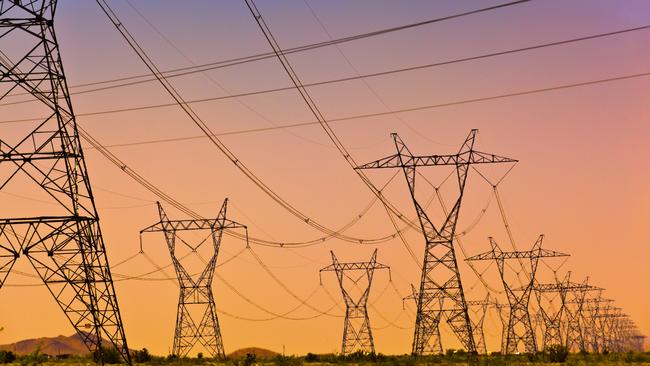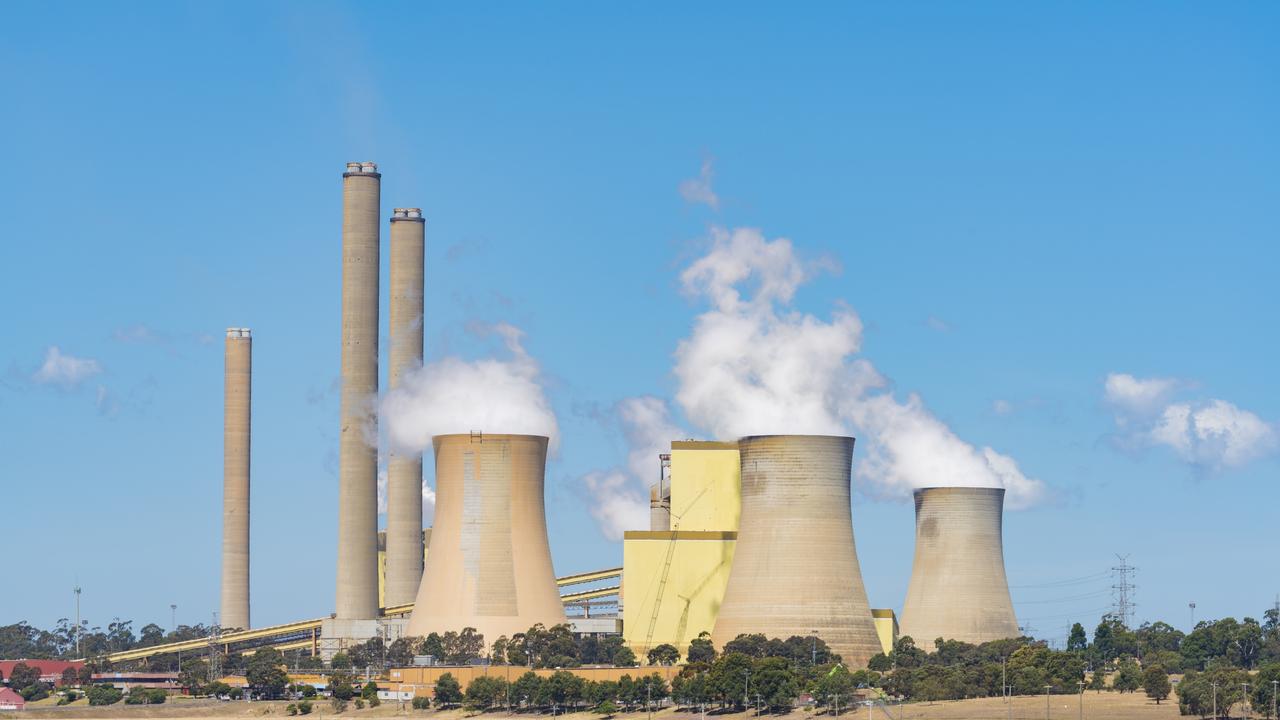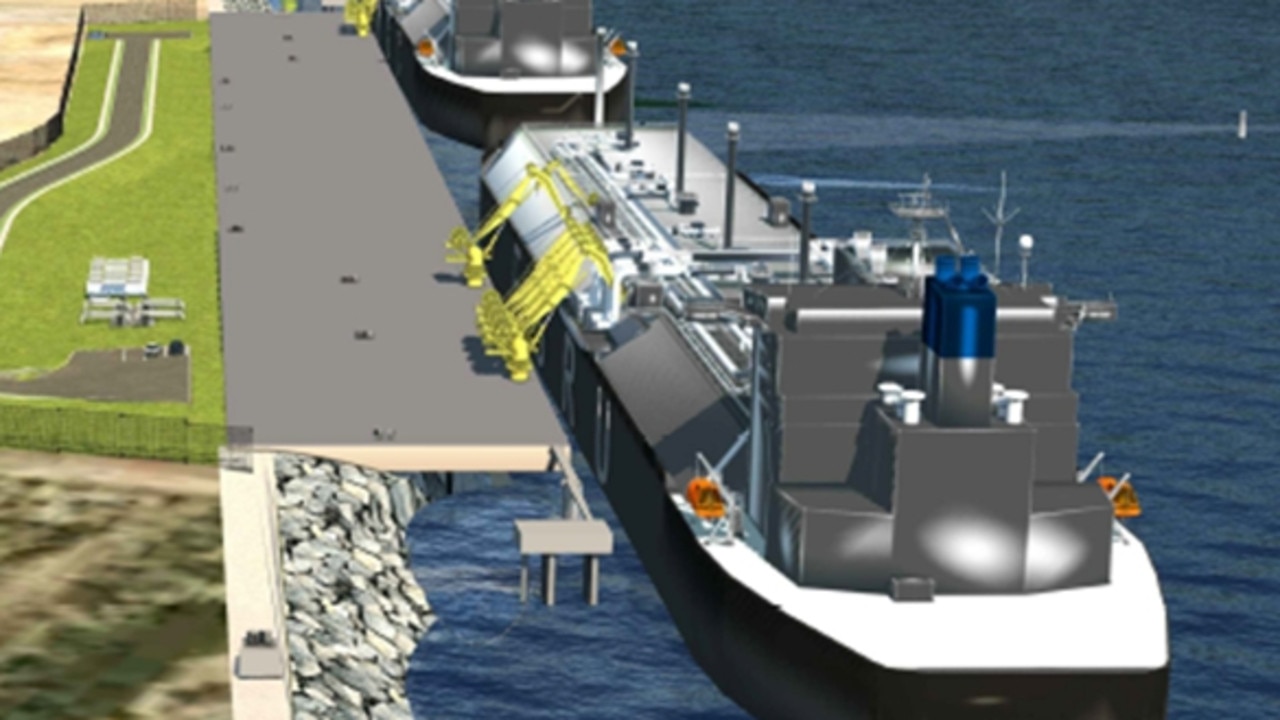Power claims and counterclaims overloaded by rhetoric

Labor’s election promise is to deliver $275 in annual cuts to family electricity bills by 2025. The government claims that prices for families will rocket by $560 a year by 2032-33 under Labor. Expect neither of these predictions to come true.
For business, the risk is that a Labor government cannot deliver on its pledge to families without intervening in the market.
If that happens, investment in renewable energy will be threatened and Labor’s laudable objective of accelerating an energy transition that delivers cheaper power becomes self-defeating.
Having spent the last fortnight talking to several of Australia’s top electricity experts, it seems the forces driving the electricity market, both internal and external, are too confounding to predict prices.
During an election, this allows claim and counterclaim to escape proper scrutiny.
Last week, four energy economists told The Australian that the RepuTex modelling behind Labor’s promise simply didn’t add up.
From the few figures that were disclosed, the most plausible explanation is that whoever was doing the numbers made an embarrassing error by assuming that wholesale energy prices and the electricity bill, whether for households, small businesses or industrial businesses, will all fall by exactly the same proportion by 2025 and again by 2030.
The Coalition is not offering any modelling. Energy Minister Angus Taylor, who previously worked on energy markets while at Port Jackson Partners, says models aren’t needed – the maths blows Labor out of the water.
Behind the good old electricity bill are four moving parts. Take a typical working example: the wholesale electricity price contributes 35 per cent; the network poles and wires cost 45 per cent; the retailer costs 10-15 per cent; and green energy costs 10 per cent.
Because of the size of their contribution, wholesale prices and the network prices determine the fate of average bill.
Wholesale electricity prices under the RepuTex modelling for Labor are expected to contribute a whopping 83 per cent of the fall in the household bill by 2025 (although this figure conflicts with other figures in the model).
Since December last year, when the RepuTex report was published, wholesale futures prices for 2025 have risen from $50/MWh to $105/MWh.
AGL’s chief customer officer Christine Corbett – the incoming chief executive of the demerged AGL Australia – agrees that over the new couple of years the wholesale curve is trending upwards.
However, both Taylor and Labor energy spokesman Chris Bowen see wholesale prices coming down within the electricity bill. So does the Australian Energy Market Commission, partly because the residential price is still playing catch-up with the recent fall in wholesale prices.
The wholesale price is the price energy generators receive from the grid, depending on supply and demand, which changes through the day and through the seasons.
It is driven by the amount of cheap renewable energy pouring into the grid and the cost of the firming power, particularly gas, to make sure homes and businesses have a reliable power supply.
On long sunny days solar can push wholesale prices into the negative. But gas is important to replace coal-fired power as the main firm alternative, because batteries are still not up to long- term storage of electricity.
Even before the pandemic, the lived experience in Britain and Europe was that electricity prices went up – not down – as fossil fuels were removed from the system.
This is why Taylor is so exercised about earlier-than-forecast closures of coal-fired power, including Origin’s intention to close Eraring, announced in February.
Global gas prices have soared since war broke out in Ukraine but Taylor is optimistic about domestic gas prices, which he says are still separated from the high LNG export prices. That is because LNG export capacity is full.
Surprising on the upside is the huge increase in household solar, which now supplies 3GW a year and is easy to link into the grid.
The furious debate between the Coalition and Labor is about the scale and speed of the construction of renewable projects which are the core of the ALP policy to deliver lower wholesale prices – but which the government says will in fact increase the overall electricity bill.
New wind and solar farms have to be connected to the grid by new transmission infrastructure. And that brings us to the other big input in the residential power bill.
The network cost makes up 45 per cent of the bill and pays for the transmission and distribution of electricity.
Underpinning Labor’s pledge for an 18 per cent fall in both wholesale and residential prices by 2025 is its plan to build another 25.6GW of renewable energy, much of it far from the grid. It needs to be connected.
RepuTex expects network costs to fall, but this has been hotly contested in the last week.
The current value of the Australia’s transmission network is $20bn for transmission and $80bn for distribution.
The government’s plan is for a further $15bn infrastructure built by the private sector, concentrated in renewable energy zones.
Labor’s numbers are orders of magnitude bigger: $20bn of new investment from an Albanese government will unlock a further $58bn of private co-financing by providing low-cost financing.
However, the RepuTex report is vague about whether that $78bn was purely for transmission infrastructure. So on Tuesday, Taylor pounced on Labor’s proposal of a $78bn public and private spend as an uncosted transmission overbuild that would make families $560 a year worse off by 2032-33.
He says the maths is simple: Labor wants the current $20bn of transmission infrastructure to increase by a further $78bn. This takes the infrastructure asset base up by a factor of five, $20bn to $100bn. Current average network prices in a bill are $111 a year. Ergo, costs to households will go up over $500 a year. Labor accuses the government of scaremongering and demands to see its modelling. Taylor says the model required is one line of maths. Well, it’s an election.
Since the spat, Labor has clarified that the $78bn of funding also covers generation and storage, not just transmission. Taylor’s response on Friday was that renewables generation like wind and solar has a higher cost of capital than transmission, which is a regulated asset with lower returns.
One way or another, Labor’s pledge of a $275 saving on the household electricity bill depends on the full $78bn of investment to deliver the 25.6GW of new renewable energy. Labor’s $20bn in government support to lower the cost of capital for the private sector would lower Taylor’s $560 figure – a point he concedes. But private sector costs will still be very big under Labor and need to be paid for.
AGL’s Corbett agrees. “There is core investment needed upfront for future benefits to flow later on. In the immediate term there is a cost to build infrastructure. And when you then look at the proportion of the bill, a proportion of that will be more for consumers,” she says.
Already the regulator has approved a transmission price increase of $22 per household in NSW and $17 per household in South Australia from 2023 for the $2.3bn EnergyConnect project between the two states.
In the last six months, large global infrastructure investors like Brookfield and KKR have spent a total of $27.9bn to take over Australia’s only listed electricity transmission and distribution companies, paying big premiums. Would these players, who want to build new poles and wires, buy in if they thought prices would fall?
Labor’s $20bn support will also have no impact on the costs of the existing transmission networks, which must still be paid for.
Networks are regulated assets and prices to network owners are set by the regulator in five year cycles, with a return on capital allowance of 30-50 per cent of the total cost. These resets had been reducing as interest rates fell. Now the cycle is turning and rates are rising, putting upward, not downward pressure on network pricing.
Many, like the Grattan Institute’s Tony Wood, may be dismayed at this bill bickering.
“This comes down to a political choice between the Coalition that is committed to net zero emissions by 2050 but wants to go steadier for now and faster later, and Labor that wants to go faster earlier to create more momentum towards the same long-term target. No modelling of price two years or 10 years out is going to prove things either way,” Wood tells The Weekend Australian.
The moral of the story is don’t believe promises around your electricity bill.


